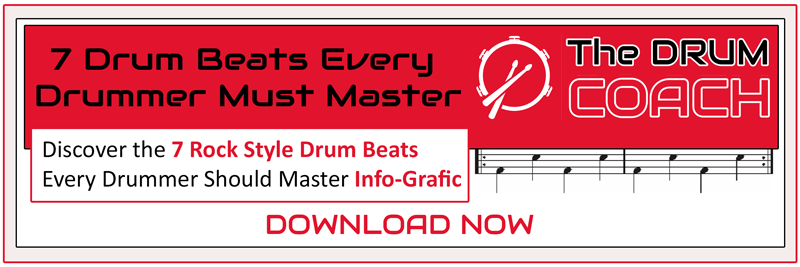Have you ever wondered if you can truly learn to play the drums on an electronic kit? With the rise of technology in drumming, many beginners turn to electronic drums for convenience, but does it really compare to an acoustic kit? In this post, I’ll break down whether you can effectively learn on an electronic drum kit, the pros and cons, and what you should consider to build solid drumming skills.
Hi! And welcome back to the channel. Don’t forget to like and subscribe if you haven’t already. Let’s begin…
Electronic drum kits offer a quiet, space-saving way to practice, and in many ways, they can be great for developing timing, coordination, and hand technique. But there’s a key difference that often gets overlooked—the feel and dynamics of playing. No matter how advanced electronic kits become, they don’t fully replicate the experience of an acoustic drum set.
The surface you strike is the main, big difference right out of the gate.
From a learning perspective, electronic kits can help you master the mathematical aspect of drumming—getting your hand movements, timing, and coordination locked in. But if you rely too much on the electronic sounds, you might be missing out on an essential part of drumming: dynamics. Unlike an acoustic drum, where every nuance of touch affects the sound, electronic kits often compress dynamics, making soft notes and ghost notes less defined.
That’s why I recommend using an electronic kit primarily as a practice tool—but with the electronic side switched off. When you play them as silent practice pads, you’re training your hands to move with precision without relying on the module’s processed sounds. This approach keeps your drumming controlled and prepares you to transition smoothly to an acoustic kit when needed.
I speak from experience. I recorded the Drumming Foundation course, back when it was called the Time Space & Drums Series, audio demonstrations on a low-end electronic kit, and I struggled to get the dynamics right. The subtle ghost notes and even accents that feel so natural on an acoustic kit often don’t translate the same way on electronic drums. That’s why I believe electronic kits are useful, but they shouldn’t be a complete replacement for the feel and expression of an acoustic set.
Unless of course electronic kits are the way you want to go on a more permanent basis. Having said all of this, I do use a mid-range electronic kit, simply because my current situation demands it.
So, yes—you can learn on an electronic kit, but it’s important to be aware of its limitations. The best approach in my opinion… is to use it for precision practice, but make sure you also get experience on an acoustic kit to develop your full range of control and expression. This is especially true with rubber-type pads. They are just more like a real drum, which is a hard surface. Something the mesh heads take away. I don’t know why the drum companies push the mesh heads so much. To get them realistic you have to tune them really tight to get anything like a real drum stroke. Something I haven’t really done. Due in most part to fear of ripping the head or breaking something. Perhaps that’s just my imagination though.
But if you’re considering investing in an electronic drum kit, you might be wondering—are they really worth it? In the next post, I’ll break down whether I’d recommend electronic drums and what to look for if you decide to get one. Make sure to check it out!






